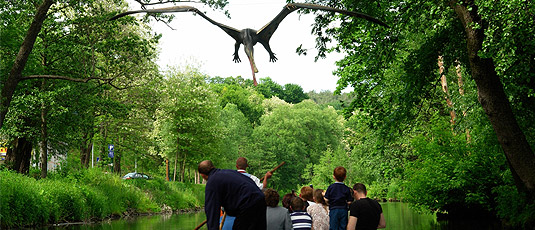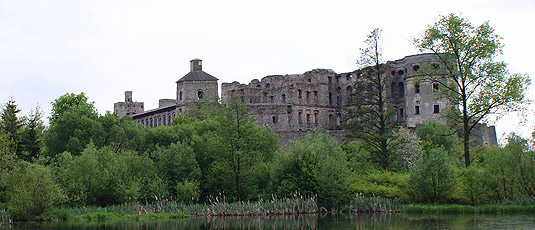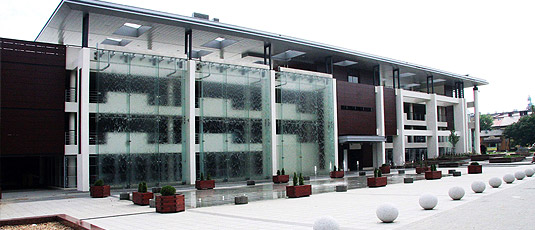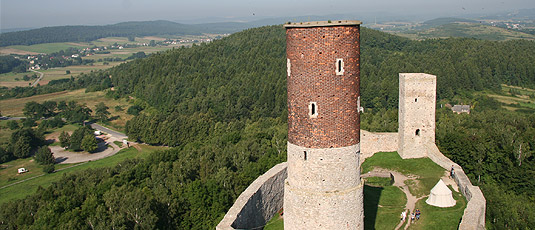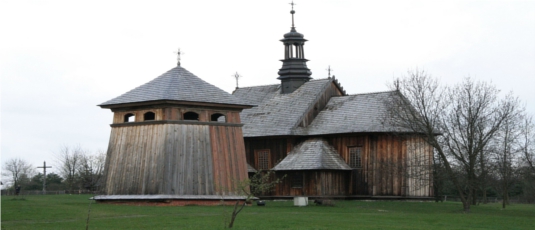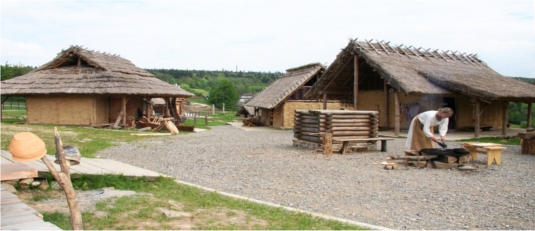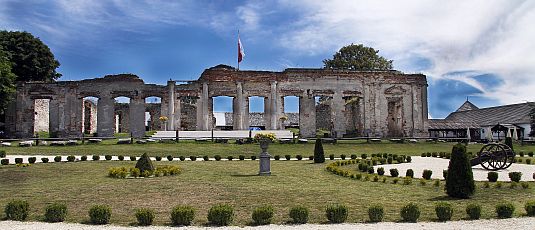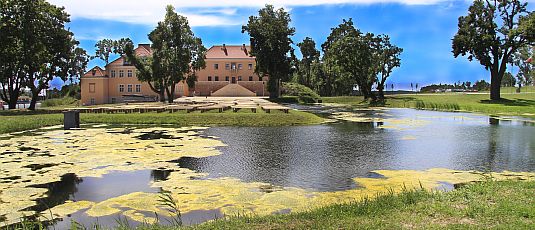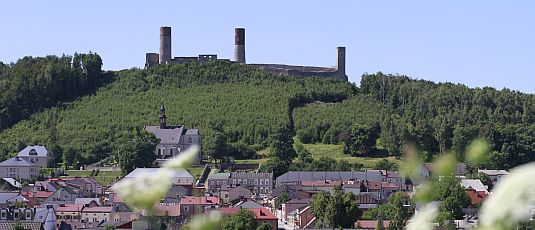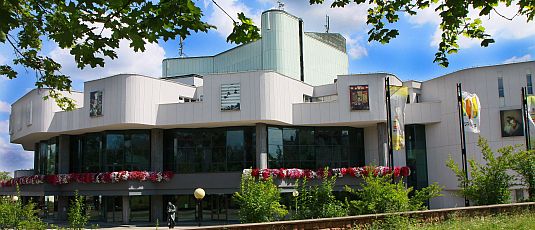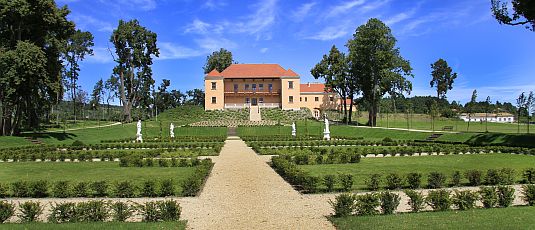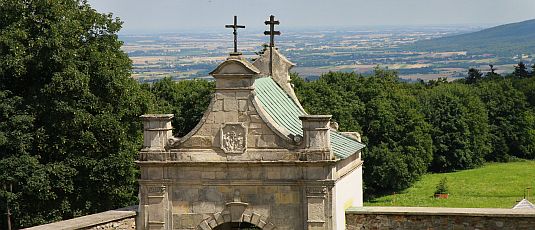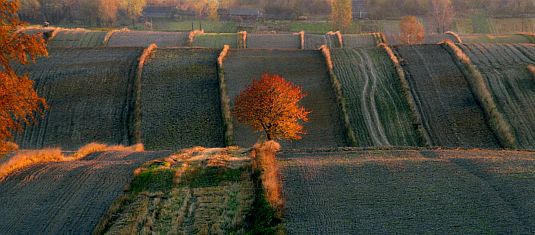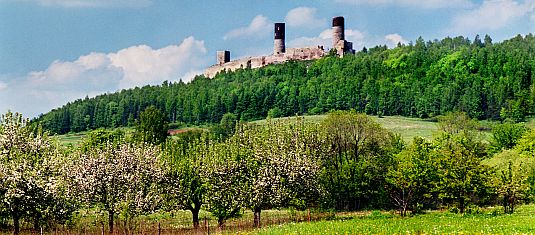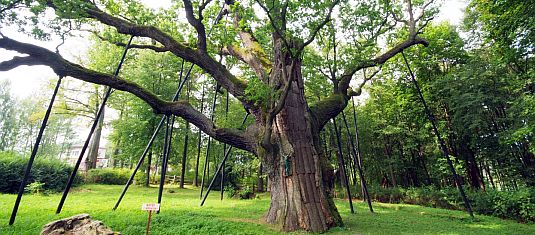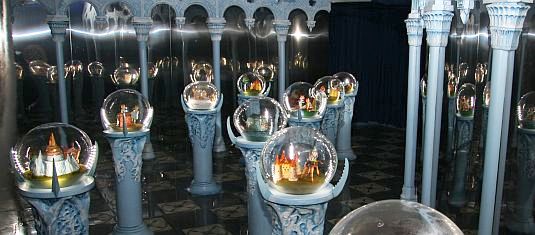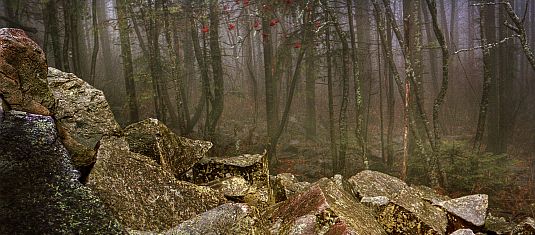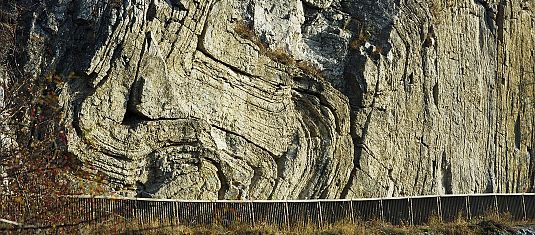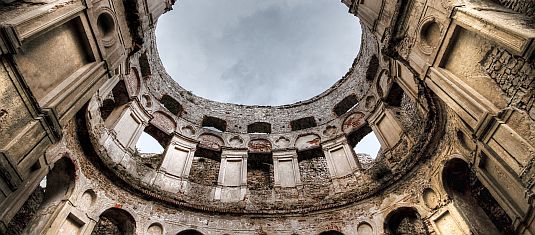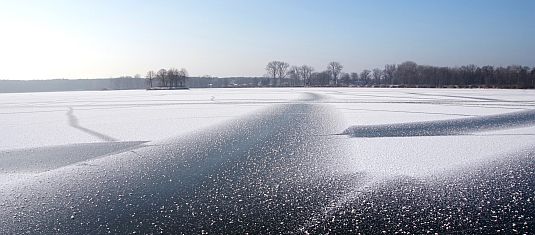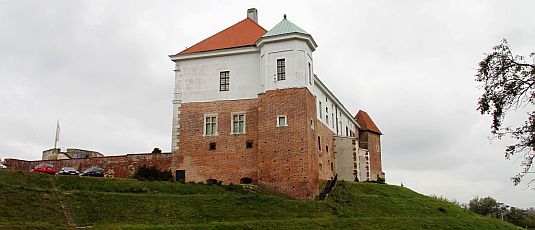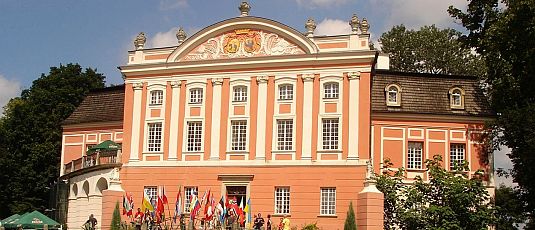Wąchock, a town located near Starachowice in the Świętokrzyskie Voivodeship, is famous not only for popular Polish jokes concerning it, but also for an impressive monastery, built by the Cistercian Order. The monks had been brought here in 1179 from the Burgundy Abbey of Marimond, by the Cracow bishop Gedeon Gryfita. Between 1228 and 1239 an Italian Cistercian workshop erected here a stone abbey in a Tuscan style. Since then, only the original Romanesque arrangement of the monastic complex has survived intact, while the structure itself has been many times rebuilt.
The architecture lovers, who come in here, can admire such sites as: a late-Romanesque church - built from two-colour stone blocks on a Latin-cross plan, a monastery with perfectly preserved Romanesque insides and an impressive chapter of great historic value. In one of the galleries there is also a tomb of major Jan Piwnik “Ponury”, a legendary leader of the Świętokrzyskie Home Army troops. Next to the monastery’s gate there is the Museum of the Cistercian Fathers, which is in possession of a unique collection of Fr. Lieutenant Colonel Walenty Ślusarczyk, containing the relics from the Polish national uprisings.
The Cistercian Monastic Complex in Wąchock is one of the most important objects of the European Routes of Culture – the Cistercian Route and the Romanesque Route. Even though it has been several times rebuilt – firstly in a Gothic style, later with some Baroque elements; it is still one of the best preserved Romanesque temples in Poland. Due to these modifications, the church gained a tower, known later as the tower of Rakoczy. In 1819, as a result of the monastery dissolution, the church was overtaken by the local parish and the monastery became a residence of the Mining Department. Nevertheless, after WWII, in 1951, the monks returned to the city and restored the complex.
Wąchock - a Cistercian vision of the world.



